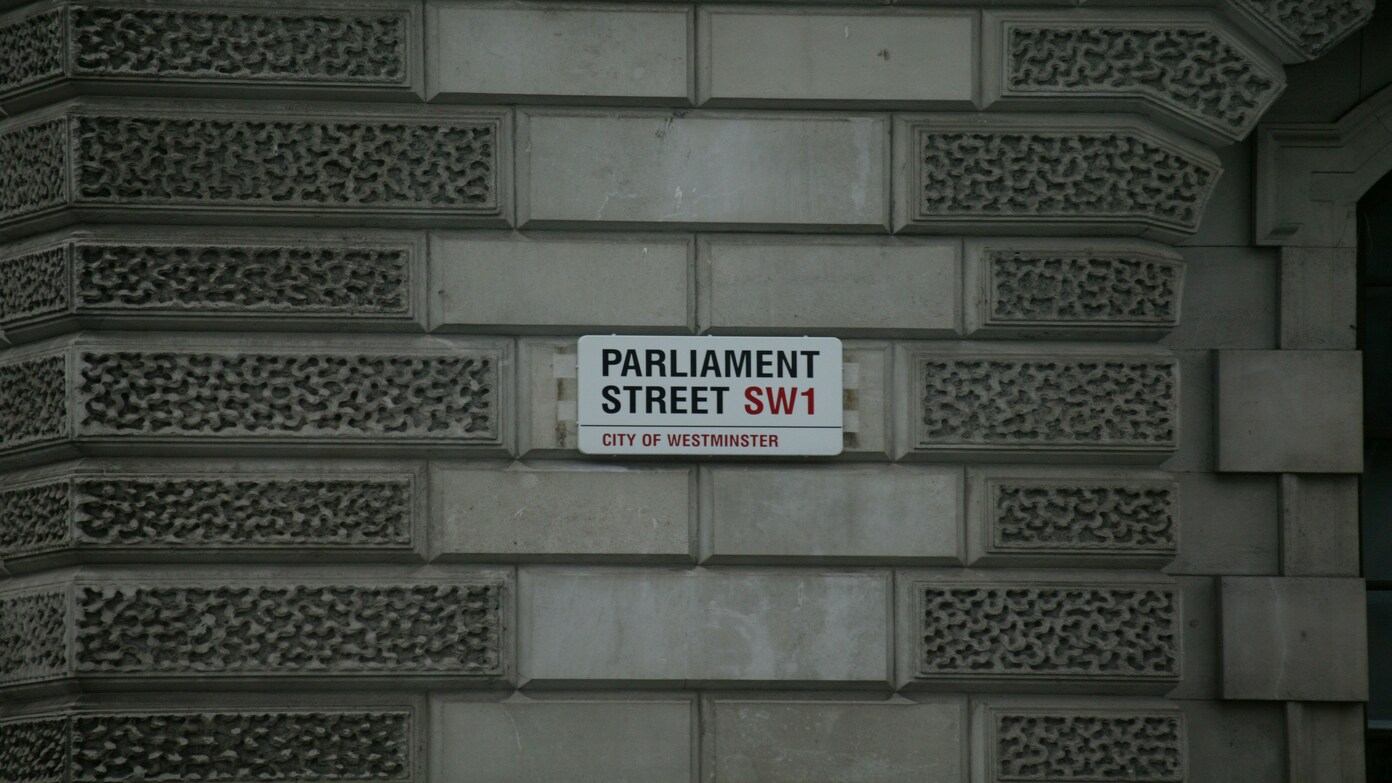A rare phrase that shook bond markets
It’s unusual for four simple words in a Senate confirmation hearing to make investors nervous. But when Stephen Miran, President Trump’s nominee for a Federal Reserve governor seat, highlighted “moderate long-term interest rates” as part of the Fed’s mission, bond markets took notice.
The phrase isn’t new—it’s in the Federal Reserve Act—but it’s rarely emphasized. Miran’s choice of words could signal that Trump’s appointees want the central bank to pay more attention to long-term borrowing costs, not just inflation and jobs.
The traditional dual mandate
For decades, the Fed has focused on what’s called the dual mandate: stable prices and maximum employment. Long-term rates were seen as a byproduct. Keep inflation under control, and investors would naturally keep bond yields low.
Ben Bernanke, a former Fed chair, once described this perspective neatly. The goal of moderate long-term rates was often left out of speeches not because it didn’t matter, but because it was assumed to follow automatically from inflation stability.
Miran’s emphasis: A shift in thinking?
By spotlighting the third mandate, Miran raised the possibility that Trump’s Fed nominees could take a more hands-on approach to shaping borrowing costs. That could mean policies beyond the usual short-term rate changes, like:
- Ending balance sheet shrinkage and holding more long-term securities.
- Restarting quantitative easing, buying bonds to push down long-term yields.
- Or, in a more radical step, adopting “yield curve control,” a strategy the Bank of Japan uses, where the central bank sets targets for long-term rates.
Why this matters now
The Fed controls short-term interest rates, but long-term rates—which influence mortgages, corporate loans, and government borrowing — are mostly set in bond markets. Still, the Fed can affect them through credibility, regulations, and balance sheet actions.
With Trump pushing hard for lower rates, the emphasis on long-term borrowing costs fits into a broader White House effort to steer the Fed in a new direction. Analysts warn this could mark a significant departure from how the central bank has traditionally operated.
Independence under pressure
Miran is only one of seven Fed governors, and his current term is set to expire in January (unless a successor isn’t confirmed). His comments simply quoted the law, not a new policy pledge. But combined with the administration’s broader campaign, they fuel the sense that the Fed’s independence is being tested like never before.
Earlier this summer, Axios reported on what it called Trump’s “war on the Fed.” Beyond public criticism of Chair Jerome Powell, the administration has been working aggressively to install loyalists and influence the central bank’s direction.
Senate confirmation and political theater
Miran’s confirmation hearing gave lawmakers their first chance to press on these questions. For the Senate Banking Committee, the issue wasn’t just whether Miran should fill a short-term seat. It was about the future of the Fed itself — and whether its role might be reshaped by Trump’s appointees.
While Miran himself struck a careful tone, senators on both sides understood the bigger stakes. If the Fed’s mission is reinterpreted to focus more directly on long-term interest rates, the central bank could move into uncharted territory.
The bigger picture
Even if Miran’s comments were technically accurate, they landed in a politically charged moment. Trump’s appointees have already signaled they want lower long-term rates, and Miran’s emphasis makes it harder to dismiss that as campaign rhetoric.
For now, the Fed hasn’t changed its playbook. But the drumbeat from the White House—and the bond market’s reaction to just a few words—shows how fragile the perception of Fed independence has become.
What’s Next
Miran’s short term on the board may limit his direct impact. But his testimony underscores the tug-of-war over the Fed’s future. Will the central bank continue to treat moderate long-term rates as an outcome of its main goals, or will it actively try to control them?
That’s the question hanging over the Fed—and over markets—as Trump’s nominees face Senate votes in the months ahead.

